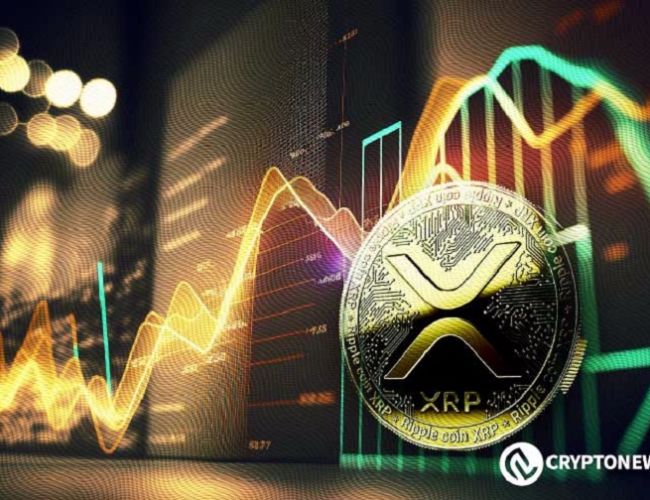- Gold-backed tokens stabilize value by linking cryptocurrency to physical gold reserves.
- Ripple’s XRP cuts costs by reducing bank-held reserves in international transfers.
- XRP supporters debate if a gold peg enhances or limits XRP’s liquidity role.
The World Gold Council, alongside the Bank for International Settlements (BIS), is accelerating plans to introduce gold-backed stablecoins. This move reinforces gold’s position as a Tier 1 asset under Basel III standards and aims to stabilize digital assets by linking them to physical reserves.
The World Gold Council and #BIS are fast-tracking efforts to introduce gold-backed stablecoins, which reinforces gold’s tier 1 status under Basel III regulations
However, if #XRP is seen as digital gold among institutions, then a path to tier 2 status for XRP is very possible https://t.co/sdcd1CIFk9 pic.twitter.com/q8isxujhNu
— Versan | Black Swan Capitalist (@VersanAljarrah) October 29, 2024
Meanwhile, Ripple’s XRP community is discussing whether XRP, the company’s digital currency, could also benefit from a gold-backed approach. The debate raises a critical question: would XRP gain more value through a gold peg, or should it remain a liquidity tool?
Understanding the Concept of Gold-Backed Cryptocurrencies
Each token holds a set amount of gold, allowing holders a baseline value. These digital assets provide stability and may serve as a hedge against inflation and economic downturns. Consequently, investors view gold-based digital currencies as reliable compared to traditional ways of monetisation.
Furthermore, should the cryptocurrency fail, holders can redeem their tokens based on the issuer’s gold reserves, often through cash payouts. This process ensures that each token has a backing in real assets.
Ripple’s Use of XRP in Foreign Transactions
The company created XRP to streamline international payments and ease liquidity issues that banks face. Traditionally, banks hold large reserves in various currencies to accommodate overseas trades, which often limits capital flow. XRP offers an alternative by serving as a bridge currency for instant value transfers, removing the need for vast cash reserves.
Besides, Ripple’s XRP Ledger enables secure, efficient transfers between nations, aligning with Ripple’s mission of creating a global liquidity solution. In a 2013 statement, Ripple referred to XRP as “gold in your hands,” highlighting its liquidity and potential as an asset.
Ripple’s Community Debates Potential Gold Peg for XRP
The XRP community remains divided over the possibility of a gold peg for XRP. While Bitcoin , often dubbed “digital gold,” might appear to be a natural candidate, some XRP supporters suggest that XRP could also benefit from this structure. Proponents argue that a gold-backed XRP would attract institutional interest.
However, Matt Hamilton, a former Ripple developer, pointed out XRP’s decentralized nature and limited supply. He noted that tokenizing gold on the XRP ledger might be a viable alternative. Tokenized gold would provide access to gold-backed assets on Ripple’s platform without altering XRP’s functionality.
As the World Gold Council continues advancing plans for gold-backed stablecoins, Ripple’s community explores whether XRP could adopt similar asset-backed stability.

